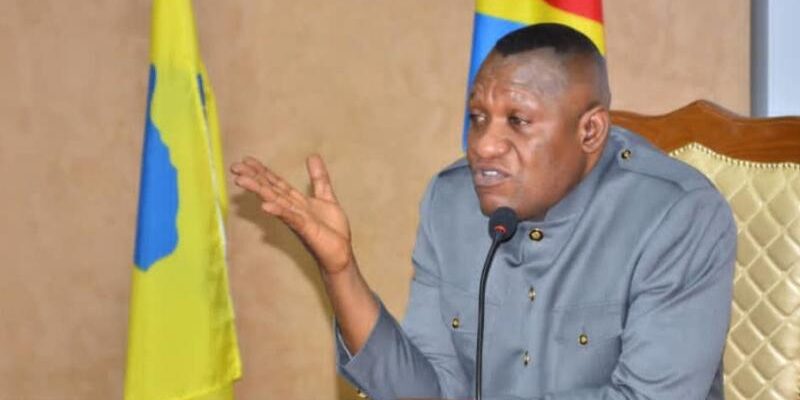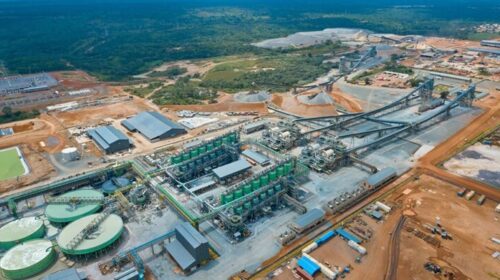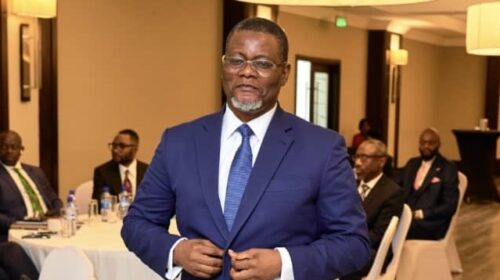Sicomines Contract Renegotiation: Two Possible Scenarios Post-Amendment Compliance, IGF Analysis
After the renegotiations of the Sicomines contract signed in 2008, described as leonine by some, a memorandum of understanding in the form of an amendment was signed between the government of the Democratic Republic of Congo and the Chinese Enterprise Group (GEC). In this memorandum of understanding revealed by the General Inspectorate of Finance (IGF) Friday January 27, 2024 in the presence of civil society organizations, the DRC was able to obtain 7 billion dollars for the construction of national roads due to 324 million dollars per year and 624 million for the year 2024, maintaining the shares in its initial version. The DRC will benefit from 1.2% royalties on the annual figure of Sicomines for the Congolese part, the co-management of the Busanga power plant with 40% of the shares for the DRC against 60% for the Chinese part and other advantages.
Asked what will happen to the memorandum after the DRC was able to obtain the 7 billion USD to be allocated to road infrastructure, Jules Alingete Key, head of department at the General Inspectorate of Finance reveals the two hypotheses that can happen once the new amendment will be void of the various commitments.
“When we have reached 7 billion USD in terms of infrastructure, there are two things: the two parties GECAMINES and GEC (group of Chinese companies) will continue to share the gain because we have achieved our objective of have 7 billion in terms of infrastructure, the two parties will start to share either we enter because it is a convention and for your information, this is the fifth time that this convention has been revisited since 2008. 4 times at the “initiative of the Chinese side and this time at the initiative of the Congolese side”, noted Jules Alingete Key during discussions with civil society organizations.
It’s up to him to continue:
“So if we reach 7 billion USD, the Congolese side can initiate negotiations to say what can we do, we have reached 7 billion, what can we do next? lets GECAMINES share the gain with the GEC where we continue, these are negotiations that will come. For the moment, we first wanted to evolve in this way to have the level of infrastructure that we wanted” .
In its investigation report published last year, the IGF denounced the “imbalances” of the Chinese contract signed in 2008 between the DRC and the group of Chinese companies. According to the IGF, the Congolese state only benefited from 800 million USD out of revenues estimated at 10 billion USD from the operation of SICOMINES. The same IGF document indicates that the Chinese earned, over 14 years, approximately 90.9 billion US dollars against their commitments of 6.2 billion USD.
According to the IGF report, “SICOMINES has mobilized, in 14 years, financing for a total amount of 4,471,588,685.14 USD and has only allocated 822,190,060.14 USD for financing infrastructure works, or 18.38% of the total financing mobilized. » The General Inspectorate of Finance also notes a glaring weakness and the modesty of infrastructure investments.
The IGF’s investigations also revealed the lack of visibility and impact of the work carried out and its unjustified selectivity in violation of Annex C of the Convention of April 22, 2008.
101 total views , 1 views today





